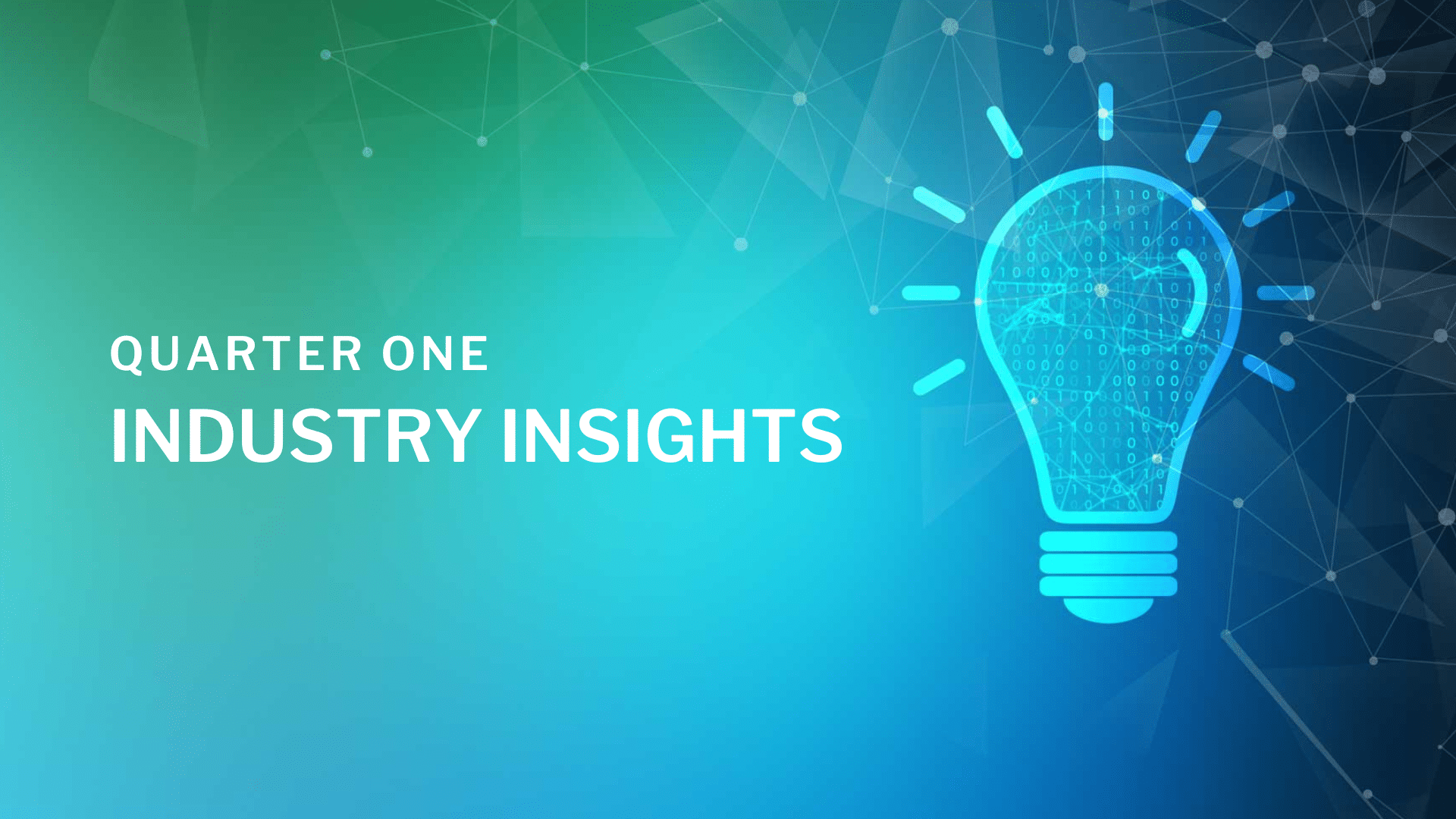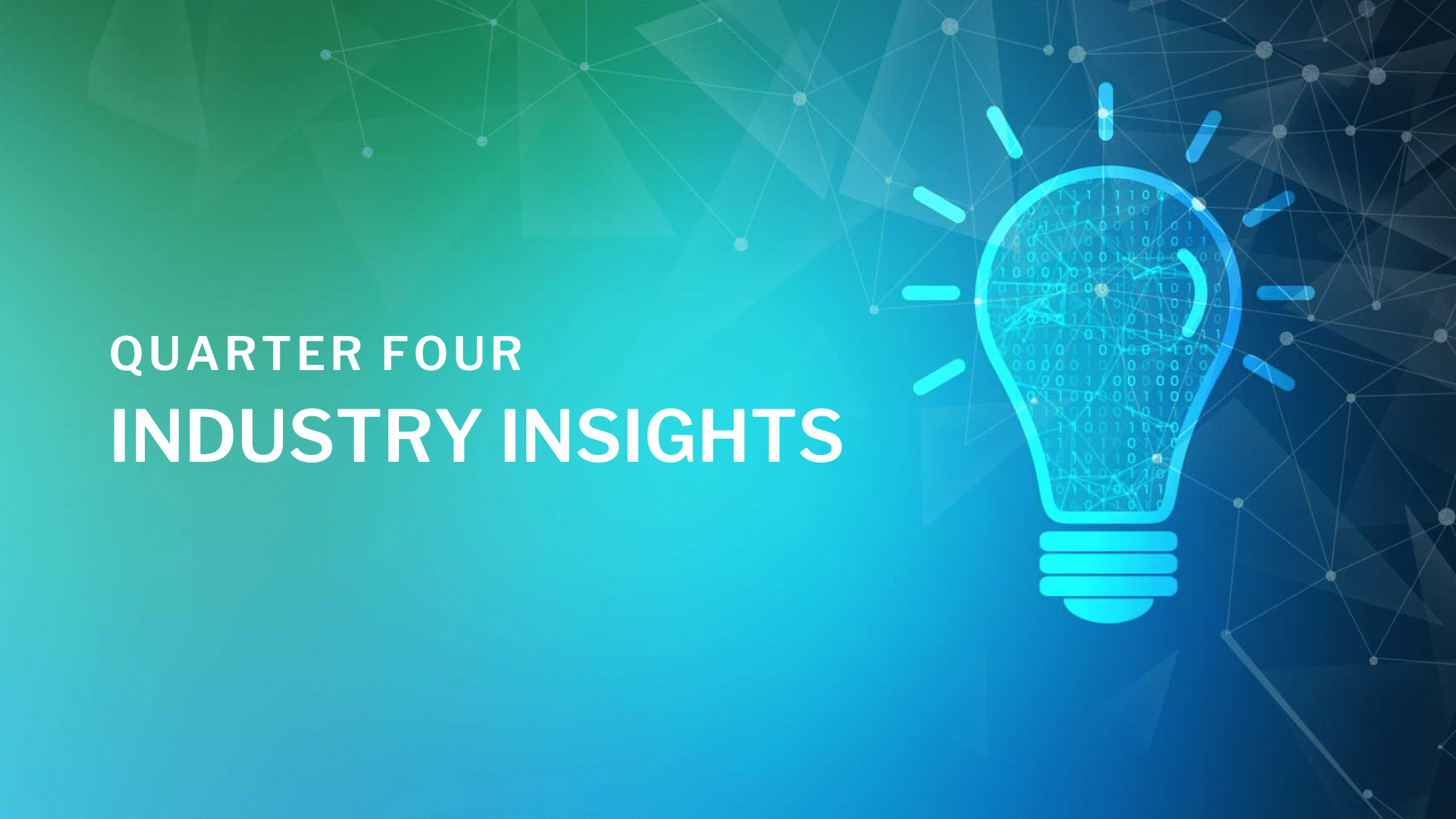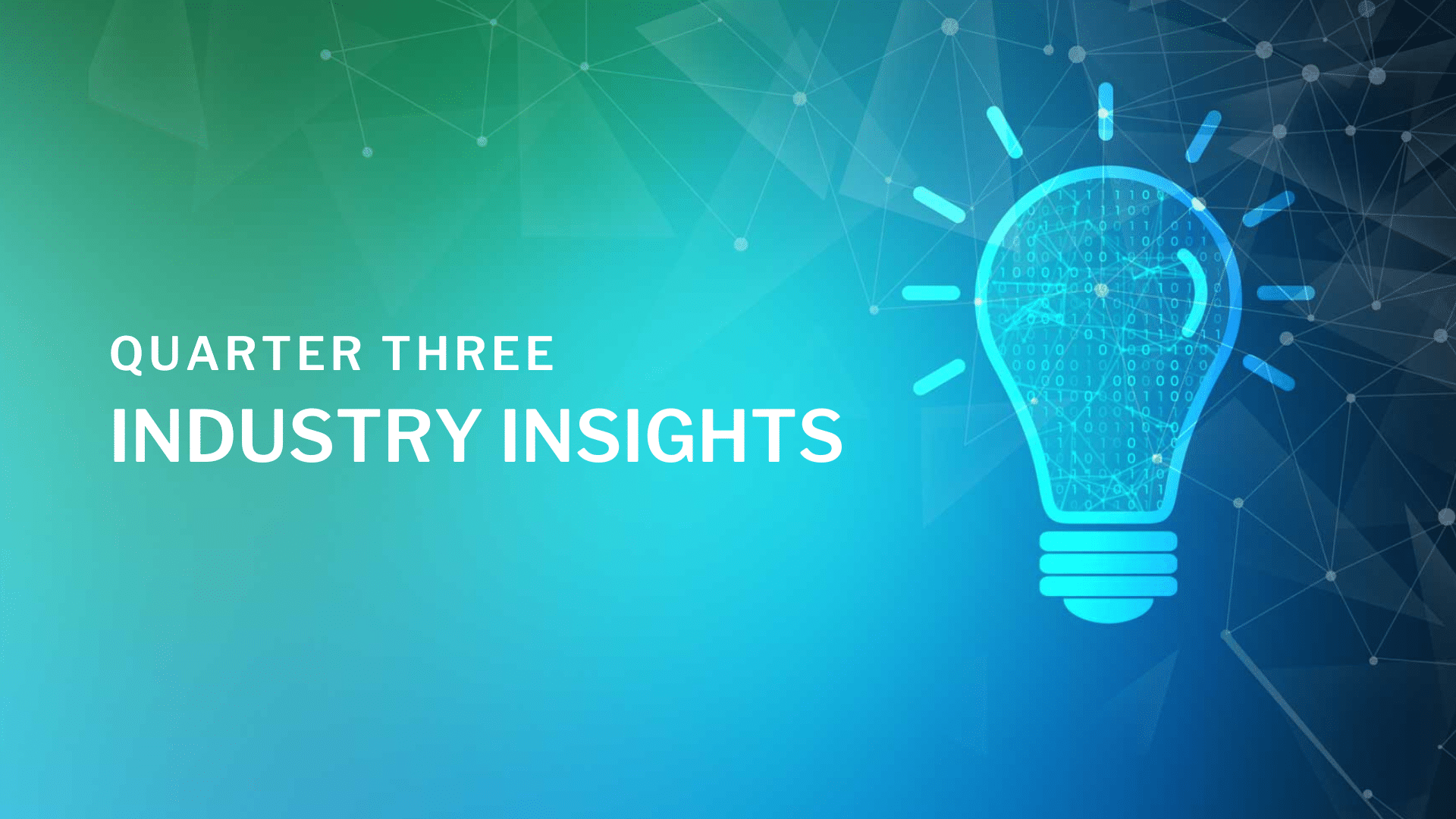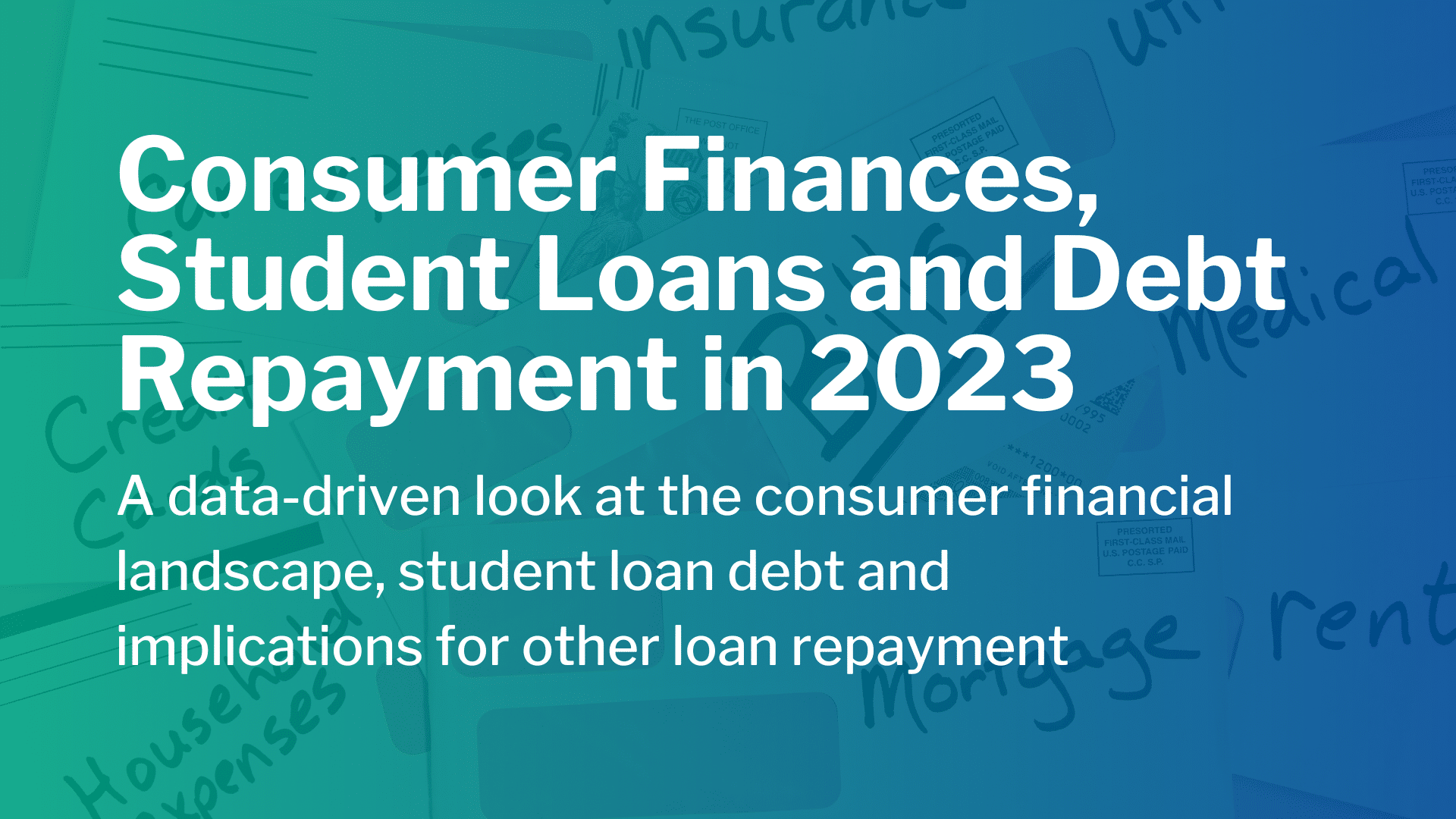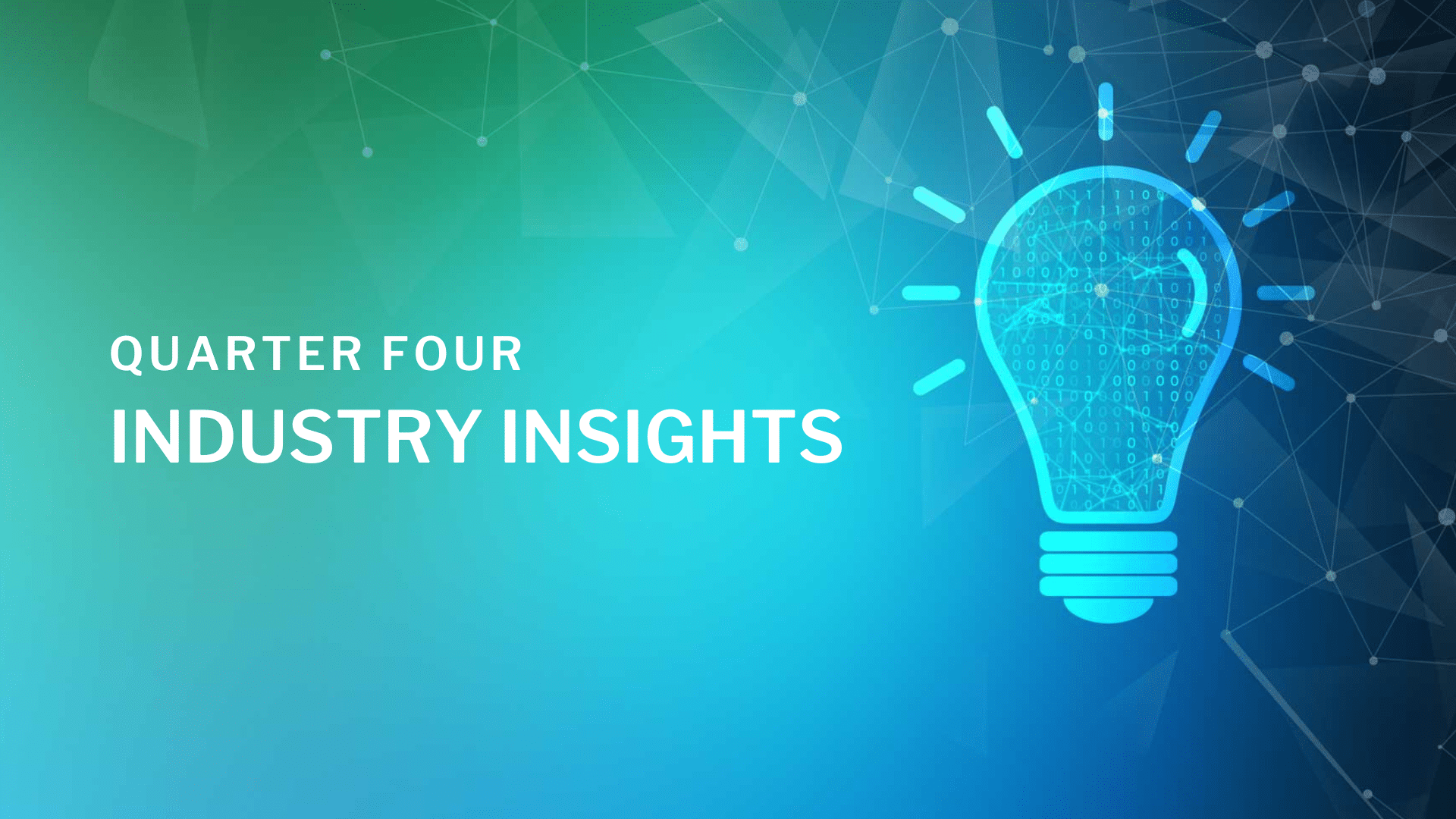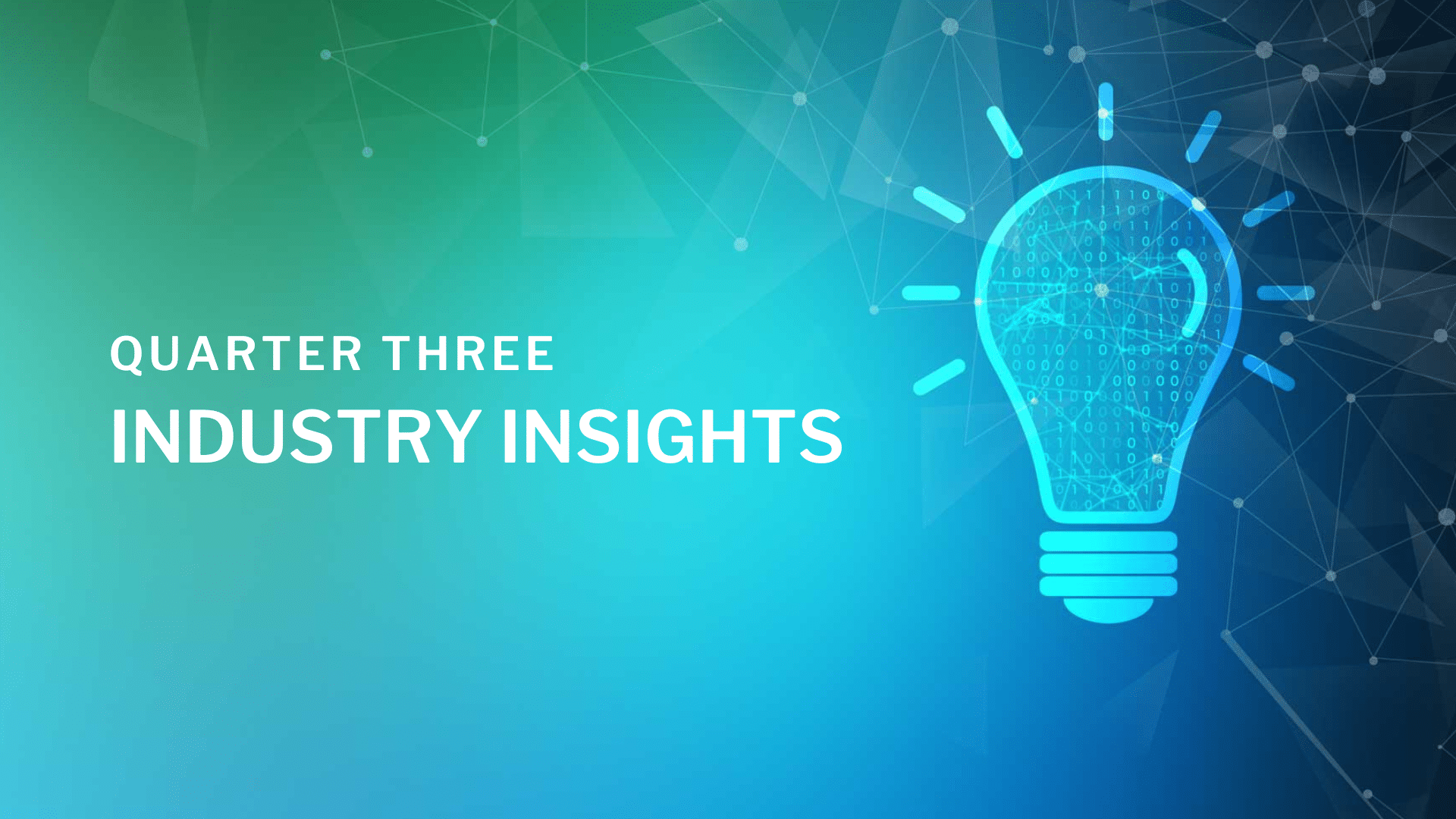
The dog days of summer are ahead, and with inflation and high interest rates still sticking around, consumers in the U.S. will be feeling the heat financially. Consumer sentiment and data-based indicators tell some of the story, but what better way to gauge the consumer financial landscape than by looking at how people spend their free time and money?
While consumers embraced the ‘YOLO economy’ coming out of pandemic times – spending wildly on products and experiences – today’s high inflation, low savings and a cooling job market have shifted priorities for many, leading to weakened consumer spending. And businesses are responding accordingly to the lower demand – several top musical acts from Jennifer Lopez to the Black Keys have canceled summer tours due to low ticket sales while retailers like Walmart and Target are lowering prices on certain goods to appeal to budget-strained shoppers.
Despite families looking for ways to save this summer, their vacation plans must go on. The Transportation Security Authority has been anticipating and reporting record air travel numbers while a recent LendingTree survey found that 45% of parents go into debt to pay for a Disney vacation and few have regrets about it, indicating people will still prioritize spending for some experiences.
Meanwhile, the Consumer Financial Protection Bureau (CFPB) has been busy, with new rules impacting lenders and collectors across the spectrum. What does this all mean and what’s the outlook for the second half of the year? Read on for our take on what’s impacting consumer finances, how consumers are reacting and what else you should be considering as it relates to debt collection in 2024.
What’s Impacting Consumers?
Inflation finally started slowing in May and then showed a decline in June, landing at 3% from a year ago and the lowest level in more than three years. Both headline and core inflation beat forecasts but housing costs continued to rise and remain a key contributor to inflation. Being heavily weighted in the Consumer Price Index (CPI) formula, it’s unlikely to see big drops in CPI until these costs start to fall. In June, Federal Reserve officials held the key rate steady and penciled in a single rate cut this year while forecasting four in 2025, reinforcing calls to keep borrowing costs higher for longer. Meanwhile, the labor market has moved close to its pre-pandemic state and the overall economy continues to grow at a solid pace.
But even the 2% drop in the energy index won’t be enough to combat the inflated cost of keeping cool this summer, with predicted extreme heat set to drive home cooling costs up to a 10-year high. The average cost of keeping a home cool from June through September is set to reach $719, nearly 8% higher than last year and a big jump from the 2021 average of $573. Concerningly for lower-income households, organizations distributing federal financial support expect they’ll be able to help roughly one million fewer families pay their energy bills this year, in part due to government funding for the Low Income Home Energy Assistance Program (LIHEAP) falling by $2 billion from last fiscal year.
Coming out of Q1, total household debt rose by $184 billion to reach $17.69 trillion, according to the Federal Reserve Bank of New York’s latest Quarterly Report on Household Debt and Credit. Mortgage and auto loan balances continued climbing, increasing to $12.44 trillion and $1.62 trillion respectively. Overall, delinquency indicators decreased positively as we moved through Q2 as seasonally expected, partly due to tax season. In May, overall delinquent balances (30+ DPD) increased by 3.46%, driven by a 6.06% increase in delinquent mortgage balances. But mortgage was an exception, not the norm: there was a 0.55% decrease MoM in 30+ DPD delinquent accounts overall.
Credit card balances also declined seasonally as expected in Q1 to $1.12 trillion, but new delinquencies rose with nearly 9% of credit card balances and 8% of auto loans transitioning into delinquency. Despite this latest decrease, credit card balances are still up $259 billion since the fourth quarter of 2021. Thanks to record interest rates, stubborn inflation and other economic factors, credit card balances are likely only going to climb, despite what we saw in the first half of the year.
The verdict is still out on how those with student loans are faring with resumed payments. Missed federal student loan payments will not be reported to credit bureaus until the fourth quarter of 2024. Because of these policies, less than 1% of aggregate student debt was reported 90+ days delinquent or in default in the first half of the year and will remain low through the end of the year.
Busy Season at the CFPB
With a flurry of announcements in the past few months, the CFPB has been busy. The biggest win: a long-awaited United States Supreme Court decision came out in May ruling that the CFPB’s funding is constitutional, leaving the Bureau free to uphold its mission of protecting consumers and ensuring that all Americans are treated fairly by banks, lenders and other financial institutions.
On the consumer fairness front, and after releasing research showing that 15 million Americans still have medical bills on their credit reports despite changes by Equifax, Experian and TransUnion, the CFPB proposed a rule to ban medical bills from credit reports, a move that would remove as much as $49 billion of medical debts that unjustly lower consumer credit scores. In another attempt to help consumers by bringing homeownership back into reach amidst high interest rates and home prices, the CFPB also started an inquiry into mortgage junk fees and excessive closing costs that can drain down payments and push up monthly mortgage costs.
As related to business operations oversight, in June the CFPB issued a new circular on “unlawful and unenforceable contract terms and conditions in contracts for consumer financial products or services.” This warning makes it clear that it is a UDAAP (Unfair, Deceptive, or Abusive Acts or Practice) to have an unlawful, unenforceable term in contracts with consumers.
Later in June, the CFPB also finalized a new rule to establish a registry to detect and deter corporate offenders that have broken consumer laws and are subject to federal, state or local government or court orders. This registry will help the CFPB to identify repeat offenders and recidivism trends to hold businesses accountable as historically, nonbank entities faced inconsistent oversight, making it challenging for regulators to identify and address potential risks to consumers.
As the CFPB works to accelerate the shift to open banking in the United States, it also announced a new rule establishing a process for recognizing data sharing standards and preventing dominant incumbents from inhibiting startups.
At the end of June, the Supreme Court overturned the Chevron doctrine, a precedent that has allowed federal agencies like the CFPB significant authority to interpret ambiguous laws. This means that judges will use their own judgment to interpret laws rather than deferring to agency interpretations, making it easier to challenge and overturn agency regulations. As a result, the industry’s regulatory framework will become more unpredictable as courts take a larger role in interpreting laws and will require businesses to monitor and adapt their compliance and legal strategies.
A Roller Coaster of Consumer Sentiment
The first half of 2024 has been an economic roller coaster for consumer spending, resulting in whiplash for consumer sentiment. While the soft landing may still be on track, that track doesn’t appear to be as straightforward as hoped. There is an onslaught of mixed messages from, “consumers are proving to be more resilient than expected as they continue to spend, staving off what had been predicted to be an inevitable recession” to “consumers are actually financially stretched from depleting their pandemic-era savings and battling ongoing inflation and higher interest rates”.
The latest Paycheck-to-Paycheck report from PYMNTS Intelligence found that as of March, 58% of all U.S. consumers live paycheck to paycheck, regardless of their income levels. Causes for this financial situation vary and range from insufficient income and family dependents to large debt balances and splurging unnecessarily. While financial goals also vary across consumer segments, paying down debt is one common goal across all generations: 15% of Gen Z, 20% of millennials, 23% of Gen X and 22% of baby boomers and seniors said repaying debt is a priority.
Recent consumer surveys have found that 22% of respondents expressed feeling less discomfort about spending a lot of money when using a credit card, and more than half reported they are more likely to make impulse purchases when using cards. Whatever the sentiment, people are feeling some confidence to continue to spend and continue to carry a debt balance, with 41% of consumers reporting a revolving month-to-month balance on their credit cards.
What Does This Mean for Debt Collection?
Between these highs and lows of economic indicators and consumer sentiment, a serious fact remains for businesses: delinquency will continue to be an issue through 2024. For companies looking to recover those delinquent funds, understanding how to communicate with consumers where they are in this roller coaster can mean the difference between repayment and write-off. For lenders and collectors, here are some things to consider:
- Shift the collection mindset. Pivoting debt resolution operations from only being focused on roll rates and placements to a more consumer-centric engagement strategy is the first critical step to productively engaging consumers.
- Customization is key. Effective debt recovery communications will resonate with consumers and match where individuals are with the right message to engage with empathy and options for repayment; the right channel to engage through their preferred method of communication; and the right time to engage on their own terms when they are ready.
- Don’t skimp on compliance. Not only does following the rules of debt collection keep you out of hot water, adhering to the consumer-friendly rules will set up the best possible experience for consumers, leading to better engagement and repayment rates. Here’s a comprehensive look at what you need to know about collections compliance to get started.
SOURCES:
- New York Times
- ABC News
- CNBC
- USA Today
- NBC News
- Federal Reserve Bank of New York
- Experian Ascend Market Insights Dashboard, Release 97
- United States Supreme Court
- CFPB – Medical Bills
- CFPB – Unlawful Contract Terms
- CFPB – Open Banking Standards
- AccountsRecovery.net
- PYMNTS.com
- Payments Journal
- USA Today / LendingTree
